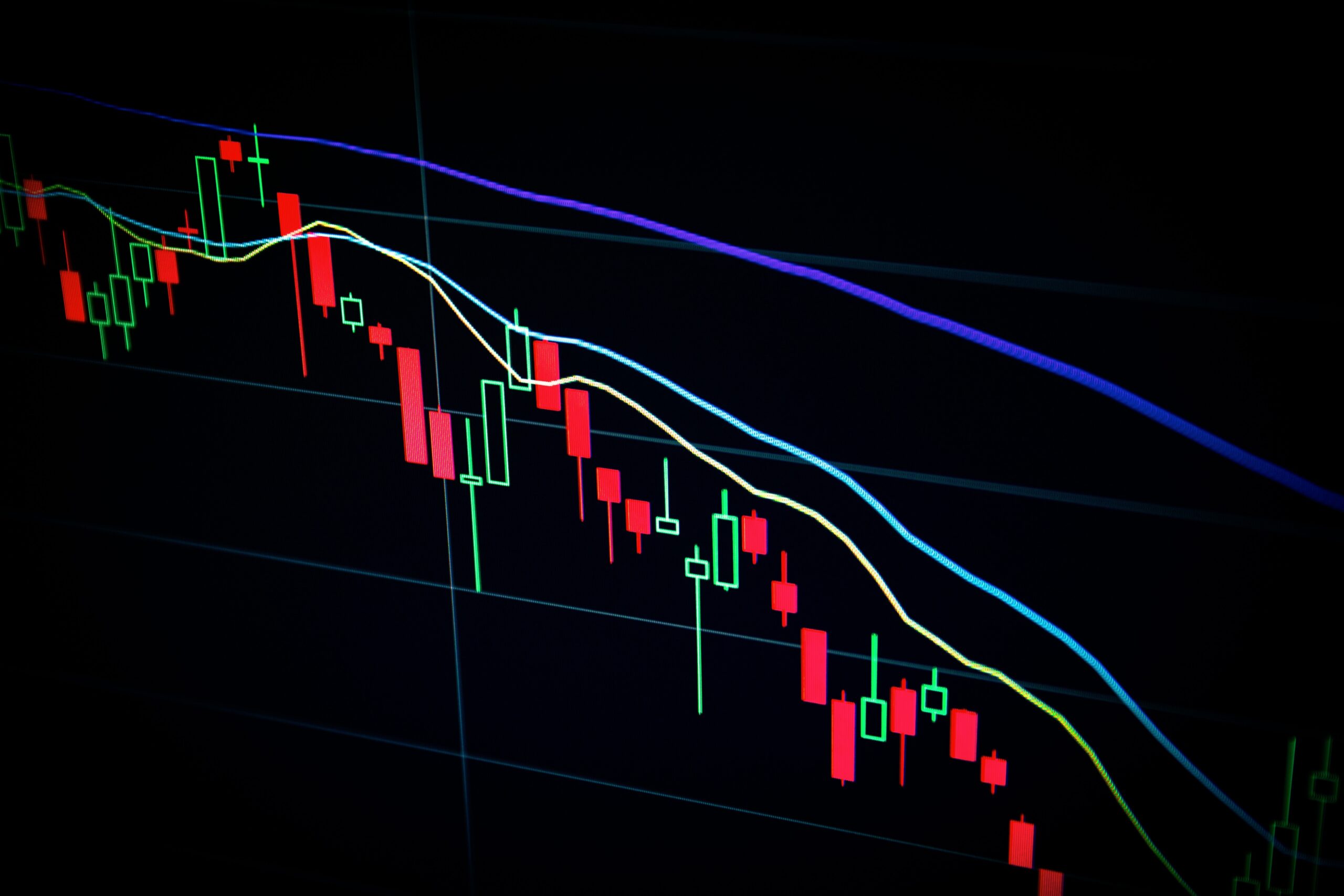[acf field=”quick_answer” class=”custom-box” id=”tech-shift-quick-answer”]
Online transactions have become an integral part of our daily lives. With the rise of cryptocurrencies and online payment platforms, scams and phishing attempts have also become more prevalent. Understanding the nature of these scams and how to protect yourself can help you navigate the digital world safely.
[acf field=”key_takeaways” class=”custom-box” id=”tech-shift-key-takeaways”]
Why did I get an invoice from Bitcoin exchange?
When you receive a message titled “PayPal Bitcoin Invoice”, it’s essential to approach it with caution. Such messages aim to mislead you into clicking on a potentially harmful link or downloading a malicious attachment. Scammers employ these tactics to either introduce malware into your system or steal personal and financial information. If you encounter such a message, it’s best to delete it immediately to protect yourself.
The Rise of Bitcoin Invoice Scams
One notable method scammers have adopted involves the use of Bitcoin invoices that masquerade as legitimate PayPal requests. At first glance, these invoices may seem genuine. They often carry the typical layout and design associated with official PayPal communications. However, a more detailed examination reveals that these are, in fact, requests for Bitcoin. This deceptive approach capitalizes on the trust users place in established platforms like PayPal.
Similarly, another strategy adopted by these cybercriminals involves sending emails that appear to be from Coinbase. These messages may contain buttons or links urging you to “View and Pay Invoice”. Clicking on these will redirect you to counterfeit websites. These sites are meticulously designed to resemble the authentic platforms, tricking users into providing their login credentials.
Protecting Yourself from Phishing Scams
If you receive an unexpected invoice from platforms like PayPal, it’s crucial not to act impulsively. While the communication might seem to originate directly from the company, it’s advisable not to call any listed numbers or make any payments. These invoices are part of a broader phishing scam. Reporting such incidents to the respective platform can help them take necessary actions and warn other users. Ignoring such deceptive communications is often the best course of action.
FAQ
Are all Bitcoin invoices scams?
No, not all Bitcoin invoices are scams. However, always verify the source of the invoice and ensure its legitimacy before making any transactions.
How can I report a suspicious Bitcoin invoice?
If you suspect a Bitcoin invoice is fraudulent, report it to the respective platform, such as PayPal or Coinbase. They usually have dedicated channels for reporting phishing attempts.
What steps can I take if I’ve accidentally clicked on a phishing link?
If you’ve inadvertently clicked on a phishing link, change your passwords immediately. Monitor your accounts for any unauthorized activity and consider implementing two-factor authentication for added security.
How can I differentiate between a genuine and a fake invoice?
Always scrutinize the sender’s email address, check for any spelling mistakes in the email content, and avoid clicking on direct links. Instead, manually navigate to the platform’s official website.
Are there other platforms, apart from PayPal and Coinbase, being used for such scams?
Yes, scammers often exploit the names of popular platforms to gain users’ trust. Always be wary of unexpected invoices from any platform.
Conclusion
In the digital age, remaining vigilant and informed is paramount. As the popularity of online transactions and cryptocurrencies grows, so does the sophistication of scams associated with them. By being aware of these tactics and adopting a cautious approach, you can protect yourself from potential threats and navigate the digital world with confidence.

Irish Quiles
Irish Quiles is a passionate writer for techshift.net embracing the dynamic world of technology, crafting engaging content to keep readers ahead of the digital curve. Irish can be contacted via instagram.com/gaeigle14
